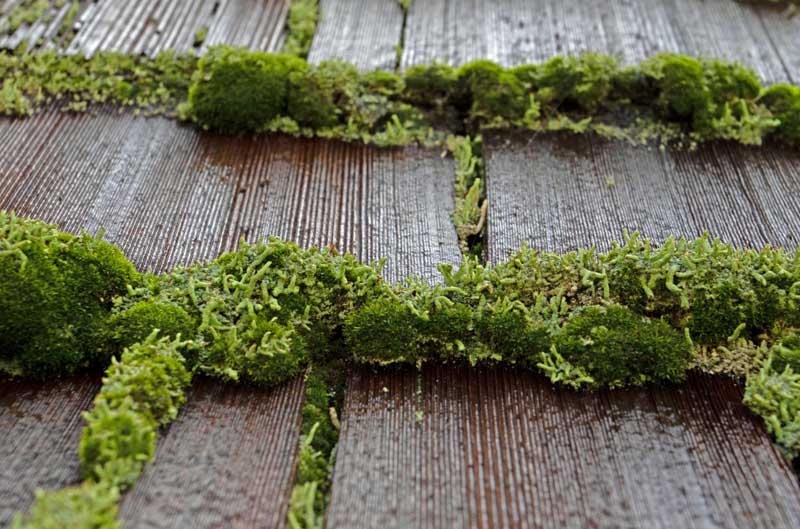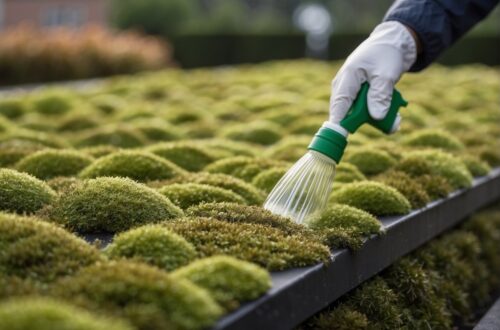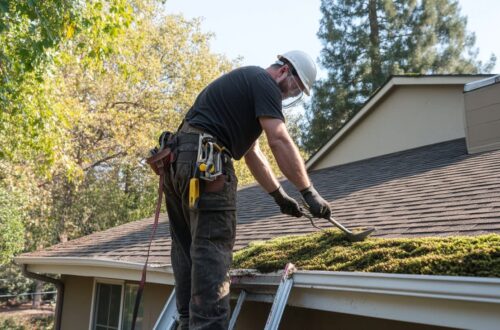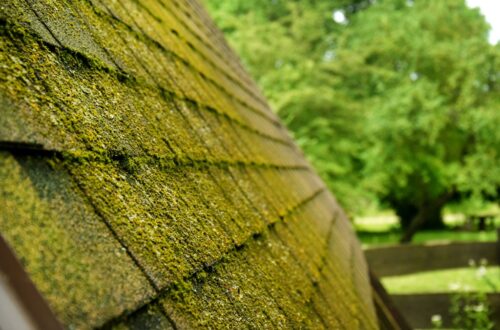Moss growth on a roof can be more than just an aesthetic issue. Over time, it can cause significant damage, leading to leaks, structural weakening, and costly repairs. While some homeowners attempt to remove moss themselves, there are instances when calling a professional is the best course of action. Understanding when to seek expert help can save time, effort, and money while ensuring the longevity of your roof.
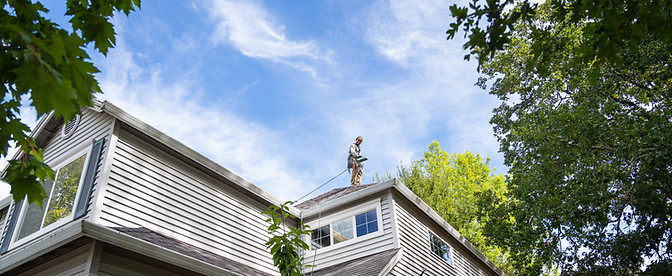
Understanding Roof Moss Growth
Moss thrives in damp, shaded areas where moisture lingers. Roofs that receive limited sunlight, especially those under trees or in humid climates, are particularly susceptible to moss growth. Over time, moss can spread across shingles and tiles, creating a thick carpet that retains moisture. This continuous dampness can degrade roofing materials, making them vulnerable to decay, rot, and leaks.
The presence of moss often indicates that moisture-related problems exist. If left untreated, moss can lift shingles, allowing water to seep underneath. This can lead to interior water damage, mold growth, and insulation issues. Addressing moss promptly is essential to maintaining a roof’s structural integrity.
DIY Roof Moss Removal vs. Professional Services
Many homeowners attempt to remove moss using common household tools and chemical treatments. While this approach may seem cost-effective, it can come with risks. Using a pressure washer, for example, can strip protective granules from asphalt shingles or loosen tiles. Harsh chemicals, if not used correctly, may damage roofing materials or wash into the surrounding landscape, harming plants and the environment.
Professionals, on the other hand, use industry-approved techniques that are safe and effective. They have specialized equipment, such as soft-wash systems and eco-friendly treatments, that remove moss without causing damage. Additionally, roofing experts can assess the overall health of the roof and identify underlying problems that may be contributing to moss growth.
Signs That It’s Time to Call a Professional
There are several indicators that professional Roof Moss Removal Hillsboro Oregon is necessary. One of the most obvious signs is widespread moss coverage. If moss has taken over a significant portion of the roof, removing it without causing damage can be challenging. A professional will ensure that moss is eradicated completely, preventing regrowth.
Another warning sign is the presence of roof damage. If shingles are curling, cracking, or lifting, attempting to clean the roof without expert knowledge can worsen the problem. A professional will assess whether repairs or replacements are needed before proceeding with moss removal.
Persistent moss growth despite repeated DIY efforts is another reason to seek professional help. Some moss species are resilient and can quickly return if not removed properly. Professionals apply preventative treatments that inhibit future growth, extending the life of the roof.
Safety concerns are also an important consideration. Climbing onto a roof can be dangerous, especially for those without experience or proper equipment. Roofs with steep slopes, fragile materials, or structural weaknesses require expert handling to prevent accidents. Professionals are trained in safety protocols and have the necessary tools to work on different roof types securely.
The Professional Roof Moss Removal Process
Hiring a professional for roof moss removal involves several steps designed to ensure effective and lasting results. The process typically begins with an inspection, during which the specialist evaluates the extent of moss growth and checks for any underlying roof damage. This assessment helps determine the best removal method and whether additional repairs are necessary.
Next, the professional applies a treatment solution to loosen the moss. These treatments are often biodegradable and formulated to kill moss without harming the surrounding environment. After the solution has had time to work, the specialist carefully removes the moss using soft brushes or low-pressure water sprays. This method prevents damage to shingles while ensuring that moss is thoroughly eliminated.
Once the moss is removed, professionals take preventive measures to inhibit regrowth. This may include applying a protective treatment, trimming overhanging branches to increase sunlight exposure, or improving roof ventilation to reduce moisture buildup. Some companies also offer routine maintenance services to keep moss from returning.
The Benefits of Professional Roof Moss Removal
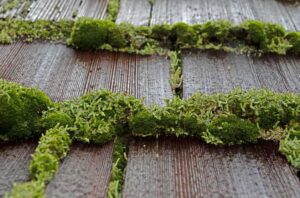 Opting for professional roof moss removal offers several advantages. One of the most significant benefits is preserving the lifespan of the roof. Moss removal specialists use techniques that not only clean the roof but also protect it from further damage. By addressing potential weaknesses early, homeowners can avoid costly repairs or premature roof replacement.
Opting for professional roof moss removal offers several advantages. One of the most significant benefits is preserving the lifespan of the roof. Moss removal specialists use techniques that not only clean the roof but also protect it from further damage. By addressing potential weaknesses early, homeowners can avoid costly repairs or premature roof replacement.
Professional services also ensure thorough and long-lasting results. DIY methods may remove surface moss but often fail to eliminate the root system, leading to regrowth within a short period. Experts apply specialized treatments that disrupt moss spores, preventing future infestations.
Another advantage is the safety and convenience professionals provide. Roof work is inherently risky, and attempting moss removal without the right equipment can lead to falls and injuries. Hiring experts eliminates these dangers while ensuring the job is completed efficiently and correctly.
Additionally, professionals can identify related issues that homeowners may overlook. For example, moss growth is often linked to poor drainage, clogged gutters, or ventilation problems. A roofing expert can recommend solutions to these underlying concerns, improving the overall health of the home.
Preventing Moss Growth After Removal
After professional moss removal, taking proactive measures can help prevent future infestations. Keeping the roof clean by removing debris such as leaves and twigs can minimize moisture buildup. Ensuring that gutters are clear and functioning properly will also reduce the risk of water pooling on the roof.
Trimming nearby trees can increase sunlight exposure, making the roof less hospitable to moss. Installing zinc or copper strips along the roof ridge is another effective preventive measure. When it rains, these metals release ions that inhibit moss growth, providing long-term protection.
Routine roof inspections and maintenance can also prevent moss from returning. Many roofing companies offer maintenance plans that include periodic treatments and inspections to keep the roof in optimal condition.

